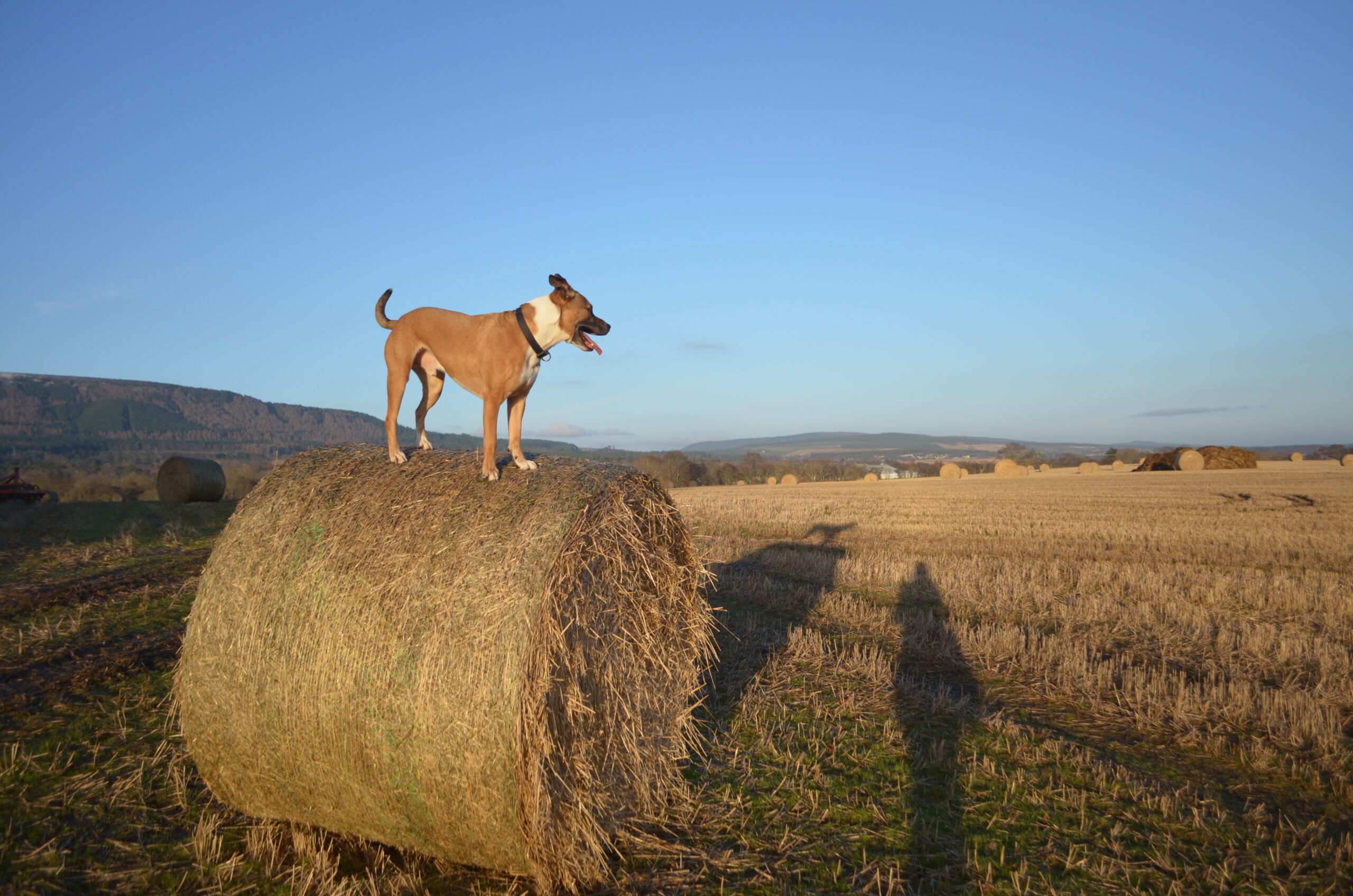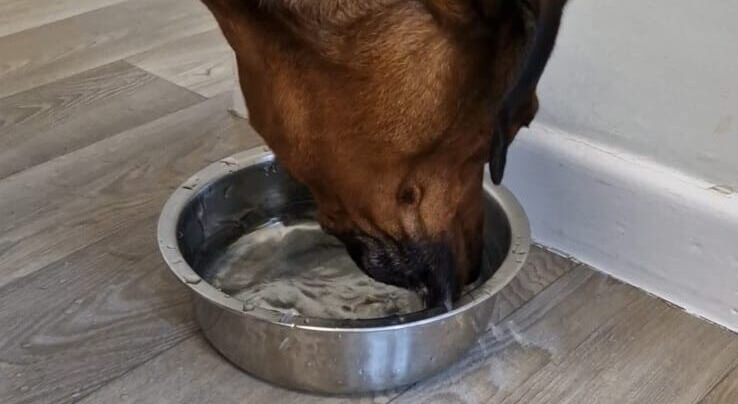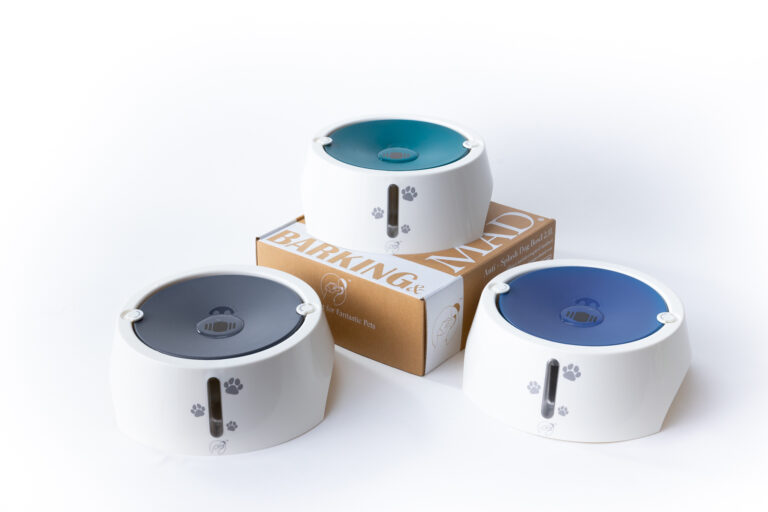Is your dog panting excessively even after they haven’t just run a mile? On warm days or after a bit of playtime, it’s normal for dogs to pant. But how much is too much? When you notice your dog’s panting becoming heavier or more frequent than usual, it’s important to check whether it’s due to the heat, excitement, or something more serious.
In this post, we’ll dive into how to cool your dog down, recognize signs of overheating, and provide quick, effective ways to keep your dog cool, comfortable, and safe.
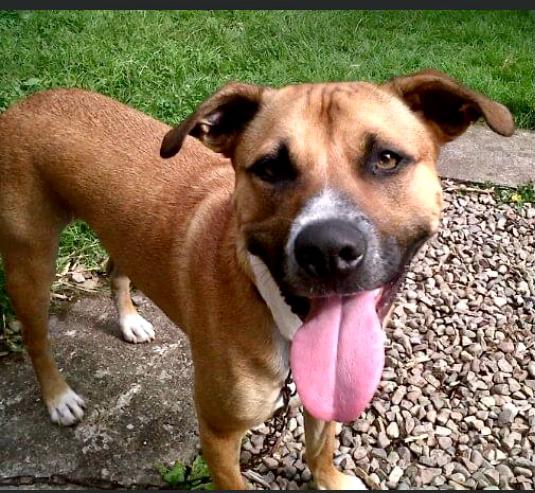
Why Do Dogs Pant? (And When Should You Care?)
Panting is a dog’s natural way to cool down. Unlike humans, dogs don’t sweat much through their skin. Instead, they use panting to release moisture from their tongue, mouth, and upper respiratory tract, which helps lower their body temperature. But if you notice your dog’s panting getting abnormally heavy or frequent, it may mean more than just overheating.
Excessive panting, or noisy open mouth breathing, especially with noticeably labored breathing, could be an early sign of serious conditions, such as respiratory distress, heat exhaustion, or even underlying health issues like Cushing’s disease, laryngeal paralysis, or lung tumors. Knowing when to recognize abnormal breathing and other symptoms can help you act quickly.
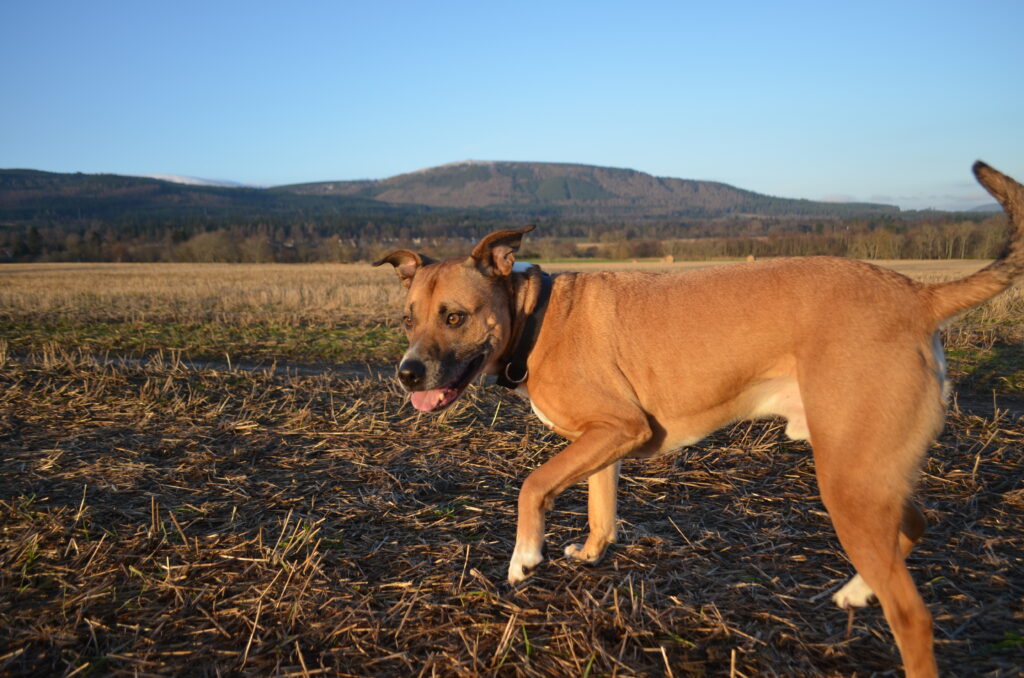
Signs of Overheating in Dogs
When a pup’s heavy breathing becomes heavy and prolonged, especially on a warm day, it can mean they’re overheating. Healthy dogs that are panting excessively may be engaging stomach muscles, showing they’re working hard to cool down. Here are some other signs that may indicate your dog is overheating:
Heavy breathing with wide, open-mouth panting
Engaged stomach muscles and fast, shallow breaths
Blue-tinged gums or tongue (indicating lack of oxygen)
Reluctance to rest or general sluggishness
Short-nosed breeds, like French Bulldogs, Boston Terriers, and Pugs, are especially vulnerable because their compact airways make difficulties breathing. However, on warm days, a dog’s excessive panting maybe needed as extra help to avoid overheating!

Quick Actions to Cool Down an Overheated Dog
When you notice your dog panting heavily, acting sluggish, or showing other symptoms of overheating, take quick steps to cool them down:
Move to a shady spot or a cool indoor area with good air circulation. Getting out of direct sunlight is crucial to help reduce your dog’s body temperature.
Offer cool (but not ice-cold) water for your dog to drink. Room-temperature water is best, as ice-cold water can shock their system.
Place a damp towel around your dog’s neck, belly, and paw pads to help bring down their body temperature gradually. You can even put the towel in the freezer briefly for added cooling.
Mist with cool water using a spray bottle on your dog’s body. The water evaporating from their fur will help them cool down quickly.
Use a fan to circulate cool air, which speeds up the cooling process. Placing a fan in front of your dog (at a safe distance) helps them regulate their breathing rate and body temperature.
With most dogs, if breathing doesn’t return to normal, and they’re still panting excessively, visit your veterinarian immediately. Some cases of overheating may require intravenous fluids or even oxygen therapy to stabilize your dog’s condition.
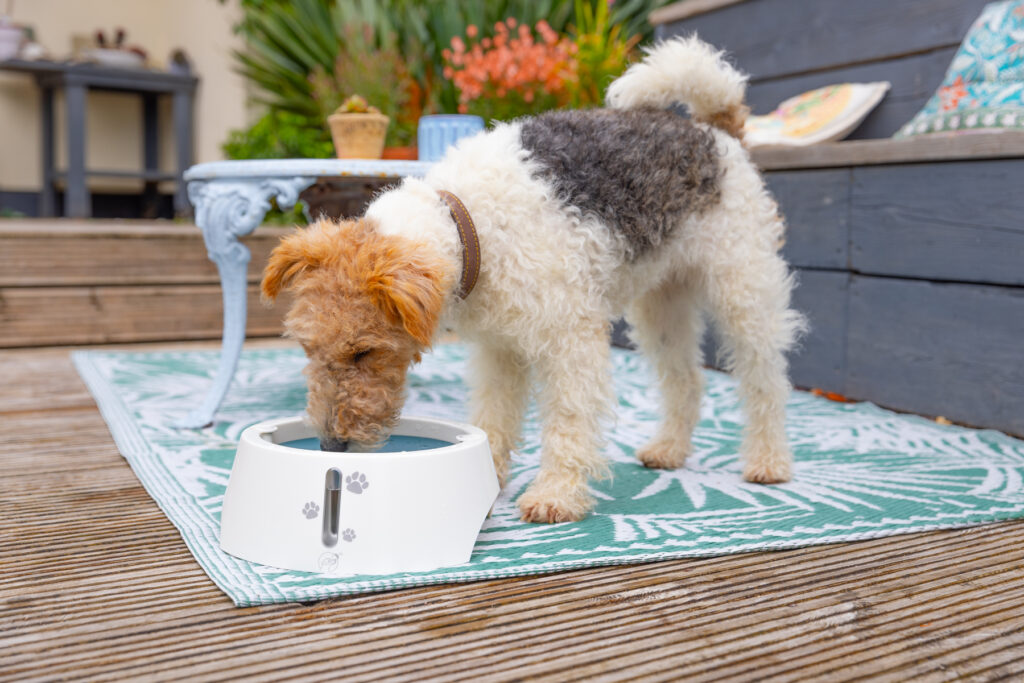
Tips to Prevent Overheating and Excessive Panting
Preventing excessive panting and overheating is always better than treating it after it happens. Here are some daily habits to keep your dog cool and breathing comfortably:
Limit playtime in hot weather. Reserve outdoor activities for early mornings or late evenings when temperatures are lower.
Never leave your dog in a parked car, even for a short time. A car’s temperature can rise rapidly, causing heatstroke in minutes.
Provide lots of water, encouraging regular hydration even if your dog doesn’t seem thirsty. Adding ice cubes on especially hot days makes a fun and refreshing treat.
Invest in a cooling vest or mat. These cooling products are designed to help regulate your dog’s body temperature without overcooling.
Take regular shade breaks during outdoor activities. This allows your dog time to recover from mild heat exposure before it becomes excessive.
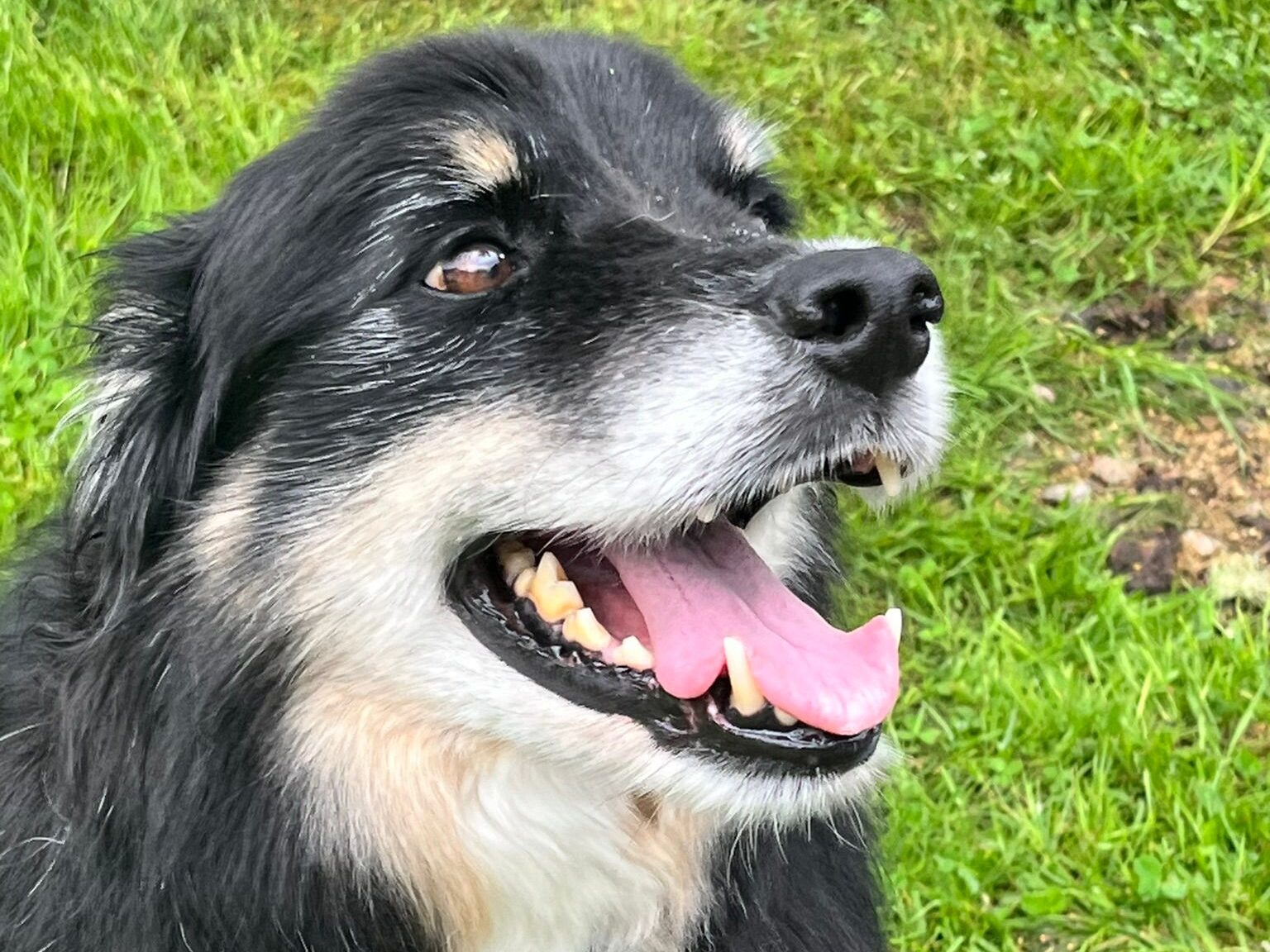
Common Causes of A Dog Excessively Panting
Panting in dogs can have a few common triggers, and understanding them helps you recognize when to let them catch their breath or when to act.
Exercise: After exercise or playtime, a dog’s body temperature naturally rises, and panting helps bring it back down.
Stress or Anxiety: Dogs often pant excessively in response to stressful situations like thunderstorms, car rides, or unfamiliar environments.
Pain: Heavy panting without an obvious reason can sometimes indicate pain. Look for additional signs like restlessness, whining, or licking a particular area of their body.
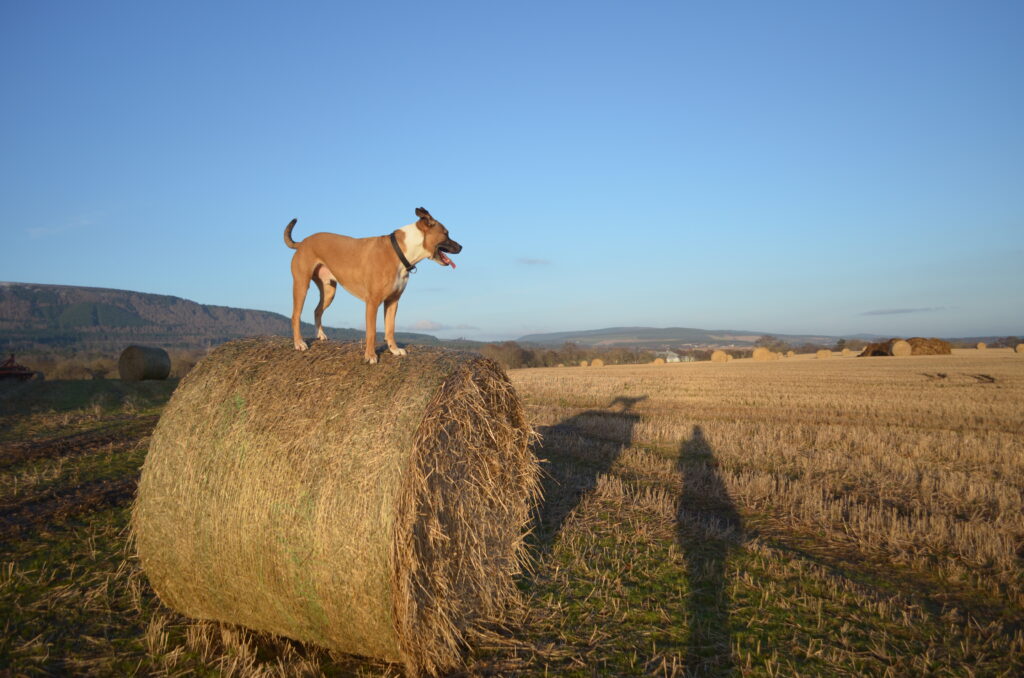
Quick Answers to Common Questions
What’s the fastest way to cool down a dog?
The fastest way to cool down a dog is to move them to a shady, cool area and apply cool (not ice-cold) water to their body, focusing on the neck, belly, and paws. Use a fan to increase air circulation.
How to cool off a hot dog?
Move your dog to a cool area, give them access to water, and apply a damp towel to their body. You can also mist them with cool water to speed up the cooling process.
How do I know if my dog is overheating?
Signs include excessive panting, drooling, bright red gums, difficulty breathing, and a pot-bellied appearance. In severe cases, gums or tongue may turn blue.
Can I put a wet towel on my dog to cool him down?
Yes, placing a cool, damp towel on your dog’s neck, belly, and paws can help bring down their body temperature gradually.
When should I worry about dog panting?
If your dog is panting heavily for no obvious reason or if the panting comes with other symptoms like drooling, lethargy, or difficulty breathing, consult a veterinarian.
Why is my dog panting when doing nothing?
A dog that pants excessively while resting might be experiencing pain, anxiety, or an underlying health condition like Cushing’s disease.
How much panting is too much for a dog?
Panting becomes concerning when it’s heavy, prolonged, and unrelated to exercise or warm weather. It can indicate respiratory distress, heatstroke, or another health issue.
How long is too long for a dog to pant?
Panting that continues for more than 10 minutes without slowing down after a cool-down period can be a warning sign. Monitor closely and consult your veterinarian if it persists.
Does heavy panting mean a dog is in pain?
Heavy panting can sometimes indicate pain. If it’s accompanied by other symptoms like whining, restlessness, or favoring a body part, consult a veterinarian.
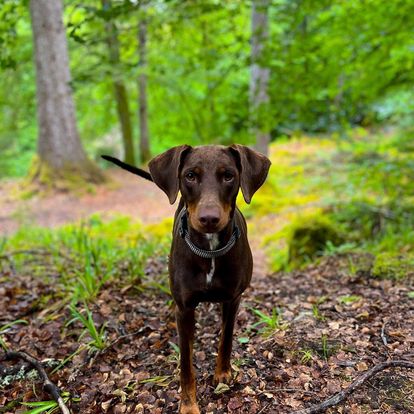
Cool, Calm, and Comfortable—Keeping Your Dog Safe
Recognizing signs of overheating, using immediate cooling techniques, and preventing heat exposure are key to helping your dog enjoy their summer days without health risks. And remember, if your dog’s breathing is unusually heavy or labored, or if they’re showing other unusual symptoms, always consult your veterinarian. A calm, cool dog is a happy dog—ready for every adventure by your side!

